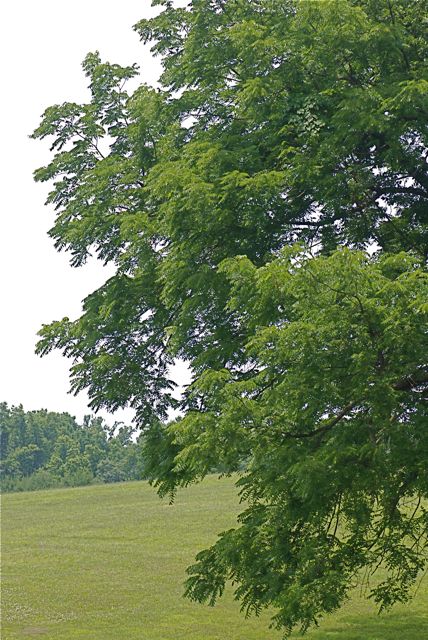I’m “sprucing” things up here at Growing with Science in preparation for hosting the Festival of the Trees Carnival (edit:Â now defunct) at the end of the month. For the next few weekend science fun posts, we’ll be learning about trees and doing some fun tree science activities.
I. What is a tree?
Most of us recognize a big tree when we see one, but sometimes it may be hard to tell whether a plant is a large shrub or a small tree. What do you think? Brainstorm and write down all the words you use to describe a tree.
One definition might be “a tree is a perennial, woody plant that grows to at least 20 feet tall and has an erect (straight up) main stem.” Talk about what that means and if all the trees you know will fit this definition. Can you think of something more? Let us know what you decide.

II. Why study trees?
Trees are so important. Can you think of a list of benefits of trees? Here’s just a few we thought of:
- shade (really important in Arizona!)
- food and shelter for wildlife
- rubber
- paper and paper products
- source of wood products such as furniture, houses, pencils, musical instruments
- food for us
- fuel for heating
- medicines such as aspirin and quinine
- produce oxygen
- conserve water
- reduce pollution
Can you add to this list? Do some research to find more benefits of trees, for example an extensive list and more links at Canopy.org.
III. External Parts of a Tree:Â Make a Word Tree .
Find an appropriately sized tree where children can label the following parts.
Vocabulary:
- bark
- trunk
- crown
- leaf/needle
- branches
- roots
- twigs
- nuts
- fruit
- flowers
- buds
Make index cards with each of these names (make sure you have at least one card for each child participating.) Punch holes in the cards with a hole punch. Cut pieces of yarn of various lengths. H
Have the children attach the cards to the correct parts of a tree with pieces of yarn – a fun way to decorate a tree. Take extra cards and draw any parts that are missing, such as flowers, nuts or fruit. Add those to the tree where they might be found. Older children can discuss the function of each of the parts, such as roots hold up the tree (support) and bring water into the tree.
Note:Â Scissors speed up card removal when you are finished.

Sketching trees is a good way to learn the shape of different kinds. Sketch a tree from a photograph and label the parts if you can’t go outside.
IV. How Trees Grow – The Internal Parts of a Tree
See if you can find a “tree cookie,” a cross-sectional piece of wood through a tree trunk. Tree cookies are often available at craft stores. Those with the bark still on are the best.
Internal parts of a tree:
- cambium – layer of active cells that divide to form inner bark and sapwood
- sapwood
- xylem – water carrying elements (in sapwood)
- phloem-food carrying elements (inner bark)
- heartwood
Look at the tree cookie and see how new rings are added each year. Explain how the tree only grows from the cambium and cutting it (for example by carving initials on a living tree), damages its ability to grow and live. A fun demonstration of how a tree grows might be to add layers of clothes to a doll or person, to show how the tree expands by adding layers. See if you can tell how old the tree that made the tree cookie was when it was cut down by counting the rings.
 Public domain image by Brer Lappin at Wikimedia.
Public domain image by Brer Lappin at Wikimedia.
Additional Resources:
- More tree science (at Growing with Science)
- Arbor Day Foundation has education links and online games.
Hope you enjoy our celebration of tees this month. If you have any suggestions for activities or websites, please let us know.











